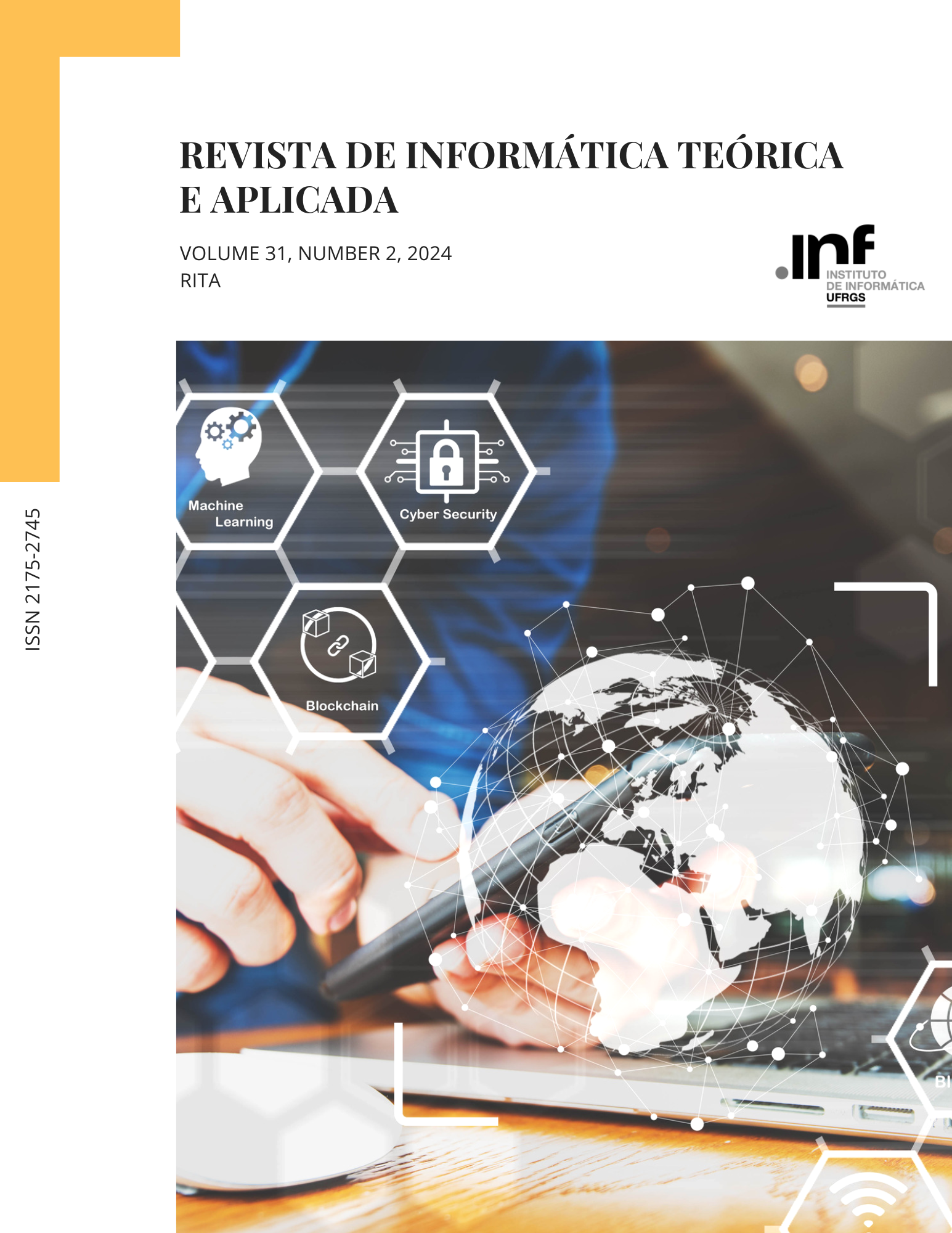Power Allocation in Orthogonal Frequency Division Multiplexing-based Wireless Networks Using Reinforcement Learning
DOI:
https://doi.org/10.22456/2175-2745.130630Keywords:
Reinforcement Learning, Resource Allocation, Wireless Network, Deep Neural NetworkAbstract
Energy efficiency is one of the most essential requirements for wireless sensor networks and the internet of things, since batteries are usually the main source of power for these networks. Appropriate techniques based on artificial intelligence can reduce power consumption and provide the required quality of service parameters for the network. In this paper, we approach the challenging problem of allocation of signal transmission power based on the orthogonal frequency division multiplexing technique. We propose to use reinforcement learning-based algorithms to find the optimal policy for allocating power to wireless network devices using a reward function. More specifically, we propose to use the double deep Q-network (DDQN) agent due to its higher learning capacity compared to the Q-learning, deep Q-network (DQN), and the distributed algorithm (DA), a classic algorithm in the literature for power allocation. Simulation results show that the DDQN agent presents promising solutions for power allocation in wireless networks.
Downloads
References
THANGARASU, G. et al. An efficient energy consumption technique in integrated wsn-iot environment operations. In: 2019 IEEE Student Conference on Research and Development (SCOReD). [S.l.: s.n.], 2019. p. 45–48.
DING, Z. (Ed.). Applications of Machine Learning in Wireless Communications. [S.l.]: Institution of Engineering and Technology, 2019. 371-405 p. (Telecommunications).
Mauricio, F. et al. Resource allocation for energy efficiency and qos provisioning. Journal of Communication and Information Systems, v. 34, n. 1, p. 224–238, Oct. 2019. Disponível em: ⟨https://jcis.sbrt.org.br/jcis/article/view/665⟩.
KOO, J. et al. Deep reinforcement learning for network slicing with heterogeneous resource requirements and time varying traffic dynamics. In: 2019 15th International Conference on Network and Service Management (CNSM). [S.l.: s.n.], 2019. p. 1–5.
SELLAMI, B. et al. Deep reinforcement learning for energy-efficient task scheduling in sdn-based iot network. In: 2020 IEEE 19th International Symposium on Network Computing and Applications (NCA). [S.l.: s.n.], 2020. p. 1–4.
LIU, Y.; DING, J.; LIU, X. Resource allocation method for network slicing using constrained reinforcement learning. In: 2021 IFIP Networking Conference (IFIP Networking). [S.l.: s.n.], 2021. p. 1–3.
SUH, K. et al. Deep reinforcement learning-based network slicing for beyond 5g. IEEE Access, v. 10, p. 7384–7395, 2022.
LOPES, H. S.; ROCHA, F.; VIEIRA, F. Deep reinforcement learning based resource allocation approach for wireless networks considering network slicing paradigm. Journal of Communication and Information Systems, v. 38, n. 1, p. 21–33, Feb. 2023. Disponível em: ⟨https://jcis.sbrt.org.br/jcis/article/view/836⟩.
WONG, T. J.; DAS, N. Modelling and analysis of iec 61850 for end-to-end delay characteristics with various packet sizes in modern power substation systems. In: 5th Brunei International Conference on Engineering and Technology (BICET 2014). [S.l.: s.n.], 2014. p. 1–6.
KLEINROCK, L. Theory, Volume 1, Queueing Systems. USA: Wiley-Interscience, 1975. v. 1. ISBN 0471491101.
ALWARAFY, A. et al. Deep reinforcement learning for radio resource allocation and management in next generation heterogeneous wireless networks: A survey. CoRR, abs/2106.00574, 2021. Disponível em: ⟨https://arxiv.org/abs/2106.00574⟩.
GU, B. et al. Deep multiagent reinforcement-learningbased resource allocation for internet of controllable things. IEEE Internet of Things Journal, v. 8, n. 5, p. 3066–3074, 2021.
Abdel-Hadi, A.; Khawar, A.; Clancy, T. C. Optimal downlink power allocation in cellular networks. Physical Communication, v. 17, p. 1–14, 2015.
BUZZI, S. et al. A survey of energy-efficient techniques for 5g networks and challenges ahead. IEEE Journal on Selected Areas in Communications, v. 34, n. 4, p. 697–709, 2016.
ZHOU, H.; ELSAYED, M. H. M.; EROL-KANTARCI, M. RAN resource slicing in 5g using multi-agent correlated qlearning. In: 32nd IEEE Annual International Symposium on Personal, Indoor and Mobile Radio Communications, PIMRC 2021, Helsinki, Finland, September 13-16, 2021. [S.l.]: IEEE, 2021. p. 1179–1184.
Downloads
Published
How to Cite
Issue
Section
License
Copyright (c) 2024 Hudson H. S. Lopes, Flávio H. T. Vieira

This work is licensed under a Creative Commons Attribution-NonCommercial 4.0 International License.
Autorizo aos editores a publicação de meu artigo, caso seja aceito, em meio eletrônico de acordo com as regras do Public Knowledge Project.














